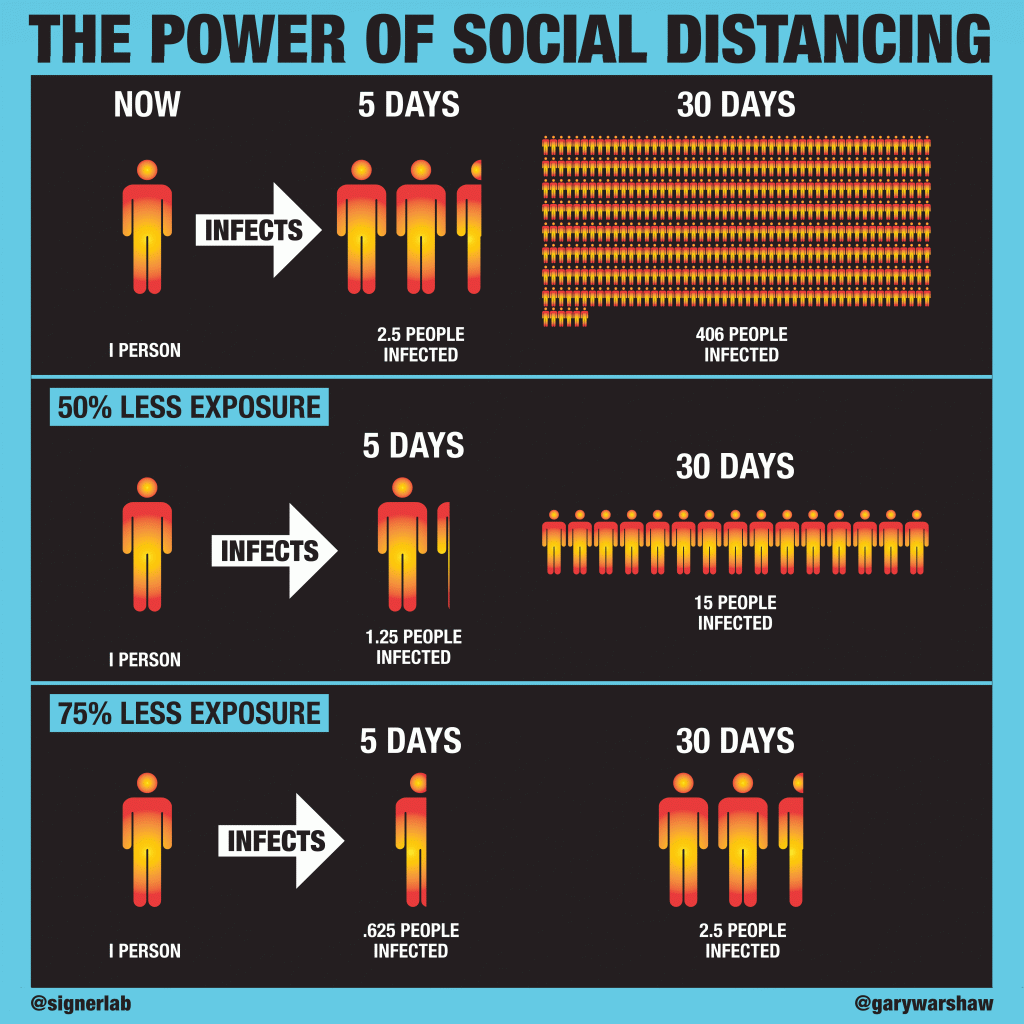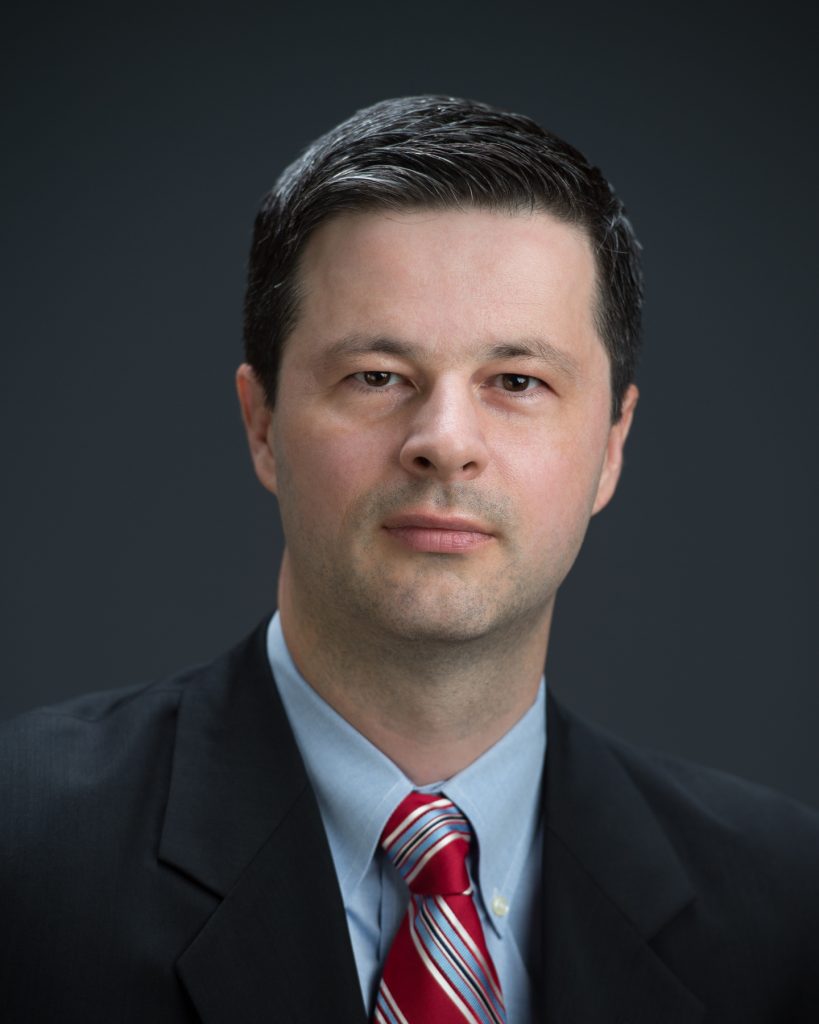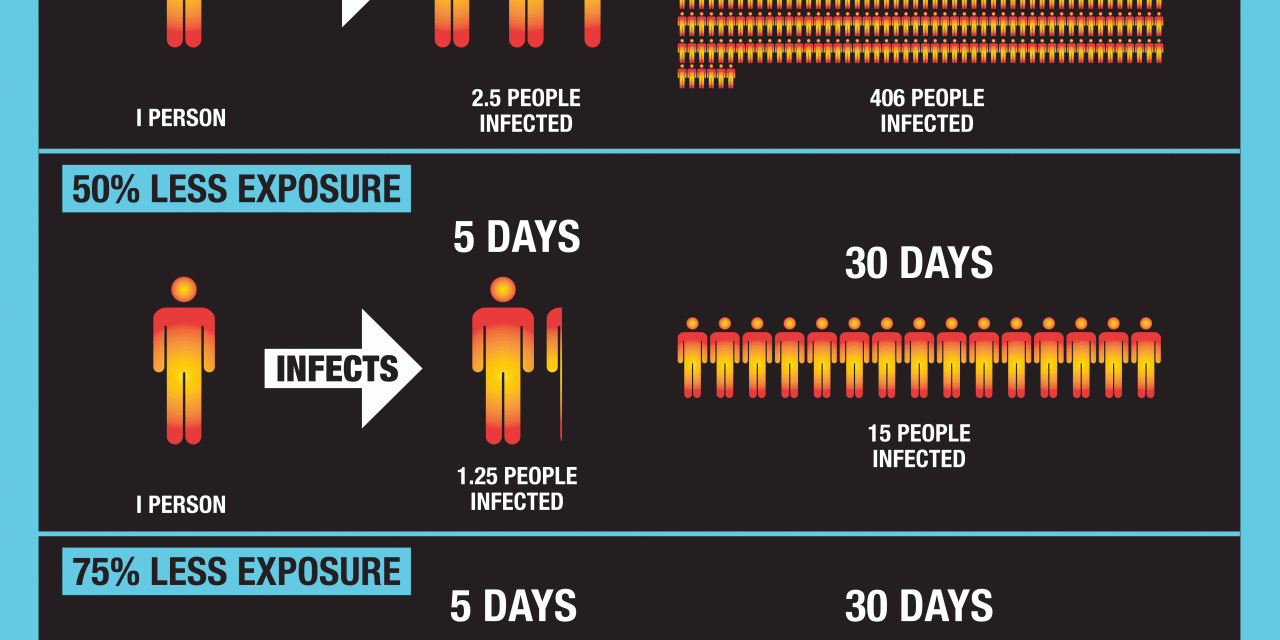Gerald J. Beyer offers a guest post for CMT, reflecting on the practice of solidarity in the era of COVID-19. This post is partly a response to Kelly Johnson’s post “Pandemic and the Common Good” from yesterday.
In a pandemic solidarity requires being apart.
I have spent much of my career thinking and writing about solidarity. Generally, we think of solidarity uniting us, bringing us together in a common cause. Never did I imagine that I would write that solidarity requires being apart. But with rapidly rising coronavirus infection and death rates across the globe, the time has come.
According to Catholic social teaching, solidarity requires physically being with the marginalized and oppressed, in order to learn from them and understand their painful and unjust situations, and to work side-by-side with them in order to overcome their problems. As St. John Paul II put it, solidarity is learned through “contact” not “concepts.” However, in order to confront the coronavirus, which could possibly cause more than 2 million deaths in the United States alone without swift and determined action according to Imperial College COVID-19 Response Team, solidarity demands of most of us that we stay physically apart from most people for an extended period of time.
Meanwhile, as of today beaches in Florida are still packed with sun worshipers. Some pubs reportedly remain open in Boston to celebrate Saint Patrick’s Day. Only today after Governor Northam of Virginia banned gatherings of 100 people, Rev. Jerry Falwell Jr. reluctantly conceded that Liberty University will have to move to online classes only (even though multitudes of universities had already done this early last week). Even some prominent politicians have recently opined that we should go out to “local restaurants” and “pubs” as long as we are “healthy.” Apparently, most Americans have not altered their lifestyle in the face of the coronavirus, and rising proportion (44%) do not see it as a “real threat” according to a March 17th poll.
Solidarity holds that each person is “really responsible for all,” as St. John Paul II stated in Sollicitudo Rei Socialis. Christianity maintains this is the case because Jesus Christ is truly present in every one of our brothers and sisters. We should therefore be concerned about everyone’s health and wellbeing, not just our own and our immediate family’s. As St. Paul reminds us, if one member of the body suffers, “all suffer together with it” (1 Corinthians 12:26 New Revised Standard Version Catholic Edition).
In a society like the United States, where excessive individualism has overtaken American social consciousness for decades, as political scientists such as E.J. Dionne explained in his book Our Divided Political Heart, this understanding of solidarity has been largely rejected. The fact that many people are willing to prioritize their own “freedom” to enjoy pleasures right now over the lives of the most vulnerable to coronavirus makes this clear. In a situation like the present, solidarity with the vulnerable should be freely chosen. It should not take mandates from elected officials to stop the risky socializing that some people are still engaging in.
Why Social Distancing and What is It?
Social distancing entails creating as much physical space between oneself and other people to the greatest degree feasible. Experts say it requires maintaining at least 6 feet of distance between oneself and another person. During an epidemic like the coronavirus, it is extremely important that all people try to undertake this measure, not just those who are experiencing symptoms. This is because people can already carry the virus while being asymptomatic, and potentially transmit it to another person. Even though the carrier may never experience any or severe symptoms (such as accurate respiratory distress syndrome or death), they might give the virus to a person who is more vulnerable to such dire consequences.
Social distancing can and should be achieved through various means, such as working from home, moving from the traditional classroom to online learning, visiting with loved ones either by videoconferencing or by telephone, curtailing childrens’ sleepovers and playdates, cancelling sporting and extracurricular events and practices, social and religious gatherings, professional conferences, etc. Avoiding gatherings that bring people together across households, rescheduling non-emergent doctors’ appointments, avoiding public transportation, and shopping for essential groceries and medications during off-peak times should be accepted as well. As we have seen in the United States, the President has slowly ratcheted down the number of recommended people that can meet outside of the home, first recommending avoiding gatherings of more than 1,000 people, now just ten people. Some cities, counties, and states have gone beyond the President’s guidelines. For example, Santa Clara County, which encompasses like cities like San Jose, San Francisco, and Oakland, ordered “all individuals living in the county to shelter at their place of residence” except when engaging in certain “essential services” or “activities.”
A number of experts in the United States and people in Italy have been calling upon Americans to enact such social distancing measures for some time now, before the spread of the virus spirals out of control. Some scientists maintained that proactive school closings could be “one of the most powerful nonpharmaceutical interventions” available. These experts had been urging social distancing because of the fear that the US healthcare system might be overwhelmed by the number of infections and hospitalizations required by serious symptoms, as is explained in detail by this physicians’ group. The United States simply does not have enough hospital beds, ICU beds, ventilators, and the technicians required to operate them to handle the likely search in life-threatening infection cases. As UCSD Professor of Medicine Robert Signer explains, our upward trajectory of infections resembles Italy, where one in 14 of those infected have died. Conversely, less than one of 100 people have died in South Korea, where social distancing and other measures were quickly and aggressively implemented. Dr. Signer and graphic designer Gary Warshaw have helpfully depicted how social distancing can slow the spread of the virus and save lives here

Signer and others contend that as many as half of all Americans could ultimately contract the virus. While the vast majority of them will not require hospitalization, as many as 15% likely will. Thus, in addition to testing, identifying and isolating people with the virus (many more than currently reported), it is absolutely necessary to “flatten the curve” (halt the spread of the virus) by undertaking social distancing. Social distancing, though not a panacea, works to help contain the virus and decrease the mortality rate. For example, during the 1918 flu pandemic cities like St. Louis swiftly enacted social distancing, whereas Philadelphia did not – resulting in a much higher death rate in Philadelphia. Social distancing also saved thousands of lives during the 2009 Mexican flu, and “reduced disease transmission by more than a third.” In short, we need to stay apart as much as possible – now and until further notice – but not forever. Acting sooner rather than later will ultimately shorten our time apart.
What Social Distancing Is Not and When It Can’t Be Practiced
For some workers, it will be much easier practice social distancing than most (I am one of those lucky ones as a university professor). Some types of businesses and industries more easily lend themselves to working from home. Obviously, doctors, nurses, first responders, pharmacy and grocery store workers and other on the frontlines in the battle against the coronavirus cannot. In addition, the employers of tens of millions of workers in the service sector, for example, may or may not have decided to close and they may not offer paid sick leave to those who have or suspect they have contracted coronavirus. Until just days ago, when governors ordered nonessential businesses such as casinos and bars closed, this was true.
The United States is one of the only countries in the world to have no paid sick leave protected by in its federal labor laws, although a few states mandate it. The US Labor Department reports that only 29% of workers can work from home while one third of all workers do not have paid sick leave days (two thirds of low-wage earners). Low-wage workers especially cannot afford to forsake pay, which puts themselves their families and the broader community at risk during this epidemic. Although the US Congress is trying to push forward a relief bill that would include two weeks paid sick leave, Republicans and Democrats are arguing about who should foot the bill – employers or the government. Other nations such as Denmark have already demonstrated since the outbreak what compromise looks like when government, employers and workers are willing to compromise for the sake of the common good. Of course, Demark, Germany and other countries have a long history of tripartite labor negotiations that brings all of these groups the table. The United States leaves workers at the mercy of their employers given its comparatively weak labor laws, as Cornell labor expert James Gross shows in A Shameful Business: The Case for Human Rights in the American Workplace
Solidarity requires sacrifice for the common good, and the needs of the most vulnerable. Social distancing does require staying at home as much as possible to slow the spread of the coronavirus, but does not demand complete social isolation nor does it preclude going outdoors. The clear and detailed Santa Clara County directive explicitly permits people to “engage in outdoor activity, provided the individuals comply with Social Distancing Requirements,” as the document defines them. “Walking, hiking, or running” and walking the dog are allowed, for example, as long as individuals “maintain at least six-foot social distancing from other individuals, washing hands with soap and water for at least twenty seconds as frequently as possible or using hand sanitizer, covering coughs or sneezes (into the sleeve or elbow, not hands), regularly cleaning high-touch surfaces, and not shaking hands.” People can cannot electronically, and are encouraged to do so by psychologists if they have the technological capability. Those were technologically savvy can help their elderly relatives learn how to use face time, Skype, Zoom and other similar platforms. It would also be helpful if more companies and local municipalities would step forward like Spectrum and provide broadband access to those who cannot afford it.
Social distancing alone will not defeat coronavirus. Widespread, accurate and accessible testing is an absolute necessity, according to the World Health Organization. We must continue to urge our leaders to make testing available, as they have failed in this regard thus far. Although a long way in the future, scientists are working feverishly to develop a vaccine. As I have written before, solidarity also requires that we create a healthcare system that provides necessary care to all – including any future coronavirus vaccine. In the meantime, we can all do our part by staying apart, in solidarity, for now. We should also be in solidarity with others by not dangerously hoarding more than our families truly need to be prepared. While there is debate about how long this trial will last, it will be a relatively short span of most lifetimes and will prevent the premature cessation of many. College presidents, school principals, religious and civic leaders, and others should ask young people to practice social distancing, as they may not be fully cognizant of its necessity and benefit. Caregivers should also try, as hard as it may be, to explain social distancing to their elderly loved ones. Social distancing undoubtedly entails sacrifice, but it is worth saving lives.
Gerald J. Beyer is Associate Professor of Christian Ethics at Villanova University. His publications include Recovering Solidarity: Lessons from Poland’s Unfinished Revolution (Univ. of Notre Dame Press, 2010), Just Universities: Catholic Social Teaching Confronts Corporatized Higher Education (Fordham Univ. Press, forthcoming in 2020) and journal articles on solidarity, worker justice, and Catholic social thought. He co-edited and contributed an essay to the critical edition of Karol Wojtyła, Katolicka etyka społeczna (Lublin: Wydawnictwo KUL, 2018). He is associate editor of Horizons: The Journal of the College Theology Society and Executive Committee Member of Catholic Scholars for Worker Justice. Beyer teaches undergraduate, master’s and doctoral students at Villanova.






Trackbacks/Pingbacks